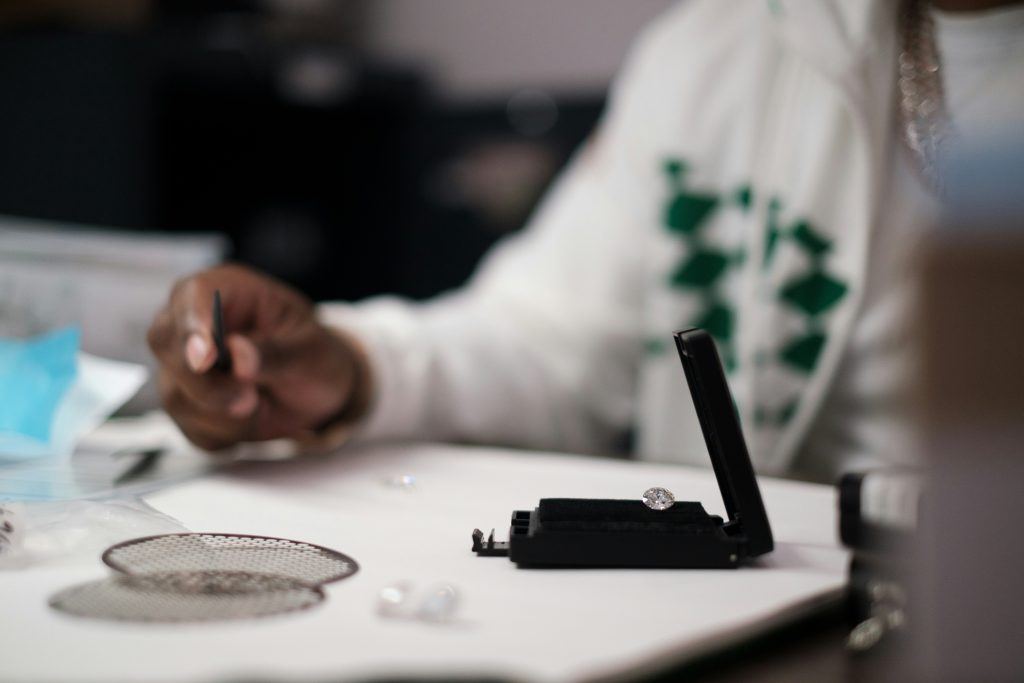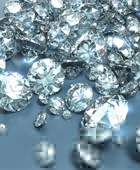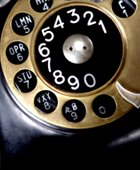When crafting a compelling diamond pitch, it is essential to begin with a deep understanding of the psychology behind diamond purchases. Diamonds are rarely purchased purely for their material value; instead, they symbolize emotional commitments, milestones, or aspirational lifestyles. Buyers often associate diamonds with love, prestige, or permanence, and sales professionals should take these underlying emotions into account when engaging with prospects. A well-executed pitch should not only highlight the four Cs—cut, color, clarity, and carat—but also align the product with the customer’s emotional or symbolic needs. For instance, a customer shopping for an engagement ring might be more moved by a story emphasizing commitment and timelessness than by a technical analysis of clarity grades. Therefore, effective sales techniques must incorporate storytelling, emotional resonance, and tailored messaging that speaks directly to the psychological drivers influencing purchase decisions. A deep appreciation of these motivations allows sales professionals to connect more meaningfully with clients, laying the foundation for persuasive, high-impact conversations.

Personalization and Client Profiling for Maximum Engagement
Another vital element in perfecting a diamond pitch is personalization. The more tailored the pitch, the more likely it is to resonate with the buyer. Client profiling involves collecting and interpreting data about a customer’s preferences, lifestyle, and purchasing behavior to craft a pitch that speaks directly to their needs. For example, a high-net-worth individual seeking a bespoke jewelry piece for an anniversary may be drawn to exclusive designs and rare diamonds, whereas a budget-conscious buyer may prioritize value without sacrificing beauty. By asking open-ended questions and carefully observing client responses, sales professionals can gain insights into what drives each customer. Key questions might include inquiries about the intended occasion, metal preferences, prior experiences with diamond purchases, and expectations regarding size and quality. This approach not only boosts the likelihood of a sale but also fosters trust and demonstrates attentiveness. Personalized pitches help transform a generic product presentation into a bespoke experience, ultimately enhancing customer satisfaction and encouraging long-term loyalty.
Mastering the Four Cs: The Foundation of Product Knowledge
No diamond sales pitch can succeed without a robust understanding of the four Cs—cut, color, clarity, and carat. These criteria form the bedrock of diamond evaluation and are essential for explaining the value and uniqueness of each stone. Cut refers to how well a diamond reflects light and includes aspects such as symmetry, polish, and proportions. A well-cut diamond will sparkle more intensely, which is often a deciding factor for many buyers. Color grading evaluates the absence of color in a diamond, with D-grade diamonds being the most colorless and therefore the most valuable in that category. Clarity measures the presence of internal inclusions or external blemishes, which can affect both aesthetics and value. Finally, carat weight refers to the size of the diamond, though it’s critical to explain that size does not always equate to quality. Sales professionals should be able to confidently and clearly explain these concepts, using visual aids or real diamonds when possible to illustrate differences. This empowers clients to make informed decisions and increases the credibility of the salesperson.
Effective Storytelling: Elevating the Emotional Appeal
Storytelling is one of the most powerful tools in a diamond salesperson’s arsenal. Rather than merely presenting a stone’s technical specifications, successful pitches often incorporate narratives that evoke emotion and create a lasting impression. For example, a pitch for a vintage diamond ring might include the story of its origin, its journey through time, or how its classic design reflects eternal love. A modern diamond could be introduced as the result of cutting-edge craftsmanship, symbolizing a bold, contemporary relationship. These stories help customers visualize the diamond not just as a product, but as a part of their personal story. Storytelling also provides an opportunity to highlight ethical sourcing, craftsmanship, and exclusivity, which are increasingly important to modern consumers. A good narrative taps into the emotions and values of the buyer, transforming an ordinary transaction into a memorable and meaningful experience. This technique can also create urgency or exclusivity, especially when the story includes limited availability or unique historical significance.
Building Trust Through Transparency and Education
In an industry where pricing and quality can vary significantly, trust is an invaluable asset. Sales professionals can build trust by being transparent about pricing, quality, certification, and sourcing practices. Educating the customer is a key aspect of this transparency. Rather than pressuring buyers into a decision, effective salespeople offer knowledge and guidance, positioning themselves as advisors rather than just sellers. Discussing the nuances of diamond certification, for example, can help demystify grading reports and empower clients to compare options with confidence. Sharing the pros and cons of different stones—even if it means pointing out flaws—can demonstrate honesty and foster long-term loyalty. Additionally, being open about sourcing, particularly when selling lab-grown or conflict-free diamonds, aligns with the values of ethically-minded consumers. Ultimately, a well-informed customer is more likely to feel confident in their purchase, reducing buyer’s remorse and increasing the likelihood of positive referrals and repeat business. Trust, once established, becomes a cornerstone of sustainable sales success.

Leveraging Visual Aids and In-Store Experience
Visual aids and in-store experiences play a crucial role in enhancing a diamond pitch. Given that diamonds are visual commodities, allowing customers to see the brilliance, fire, and sparkle firsthand can significantly impact their purchasing decision. High-quality lighting, mirrors, and magnification tools such as loupes or microscopes should be readily available to showcase a diamond’s attributes clearly. Many retailers also use advanced tools like virtual try-ons or 3D renderings for customized designs, enabling customers to visualize how a stone or setting will look in real life. Offering side-by-side comparisons of diamonds with different grades can further aid decision-making. The ambiance of the store—whether it conveys luxury, intimacy, or expertise—also influences perception. A well-orchestrated in-store experience that includes courteous service, expert guidance, and visually engaging presentations reinforces the message of quality and value. When done effectively, the physical environment itself becomes a silent salesperson, adding credibility and allure to the pitch being delivered.
Mastering Objection Handling Without Pressure
Handling objections is a vital component of any successful diamond pitch. Customers may hesitate due to concerns about price, value, authenticity, or commitment. Sales professionals must prepare to address these concerns confidently and empathetically without applying undue pressure. The key is to listen attentively, validate the customer’s concerns, and respond with well-reasoned, informative answers. For example, if a client is unsure about spending a large sum, a salesperson might explain financing options or showcase how the quality justifies the investment. If ethical sourcing is a concern, introducing certified conflict-free diamonds or lab-grown alternatives can be reassuring. Objections can also be opportunities to revisit the emotional motivations behind the purchase—such as love, celebration, or legacy—thereby reinforcing the symbolic significance of the diamond. The tone should always be respectful and collaborative, aiming to guide rather than push. This not only increases the chances of closing the sale but also contributes to a more positive and lasting customer relationship.
Incorporating Follow-Up Strategies for Long-Term Success
Even after a successful diamond pitch and sale, the relationship with the customer should not end. Post-sale follow-up is a key sales technique that many professionals overlook. A personalized thank-you message, a courtesy call to confirm satisfaction, or a reminder for periodic jewelry maintenance can leave a strong impression. These actions show clients that their purchase is valued and that the business is committed to service beyond the point of sale. Offering discounts for future purchases, invitations to exclusive events, or previews of new collections can foster repeat business and referrals. In the luxury retail space, follow-up is not just a nice gesture; it is part of the brand experience. Customers who feel cared for are more likely to become brand advocates, sharing their positive experiences with others and contributing to long-term business growth. Sales professionals who embed follow-up practices into their pitch cycle significantly enhance their impact and potential for future revenue.
Using Digital Tools to Enhance the Pitch
In today’s digital landscape, leveraging online tools and platforms is essential for expanding the reach and effectiveness of a diamond pitch. Virtual appointments, online configurators, and high-resolution video consultations enable sales teams to connect with customers beyond the physical store. These tools provide flexibility for clients with busy schedules or those in remote locations. Integrating augmented reality (AR) features that allow clients to “try on” rings or visualize diamonds in 360 degrees offers an immersive experience that can replicate, and sometimes even enhance, in-store engagement. Additionally, a strong presence on social media and professional platforms allows sales professionals to build authority by sharing insights, client success stories, and behind-the-scenes views of sourcing or design processes. Email newsletters tailored to customer segments can provide ongoing education and exclusive offers. In an era where customer expectations for convenience and transparency are high, digital tools are not supplementary—they are central to crafting high-impact, persuasive diamond pitches.
Continuous Learning and Skill Refinement
The diamond sales industry is dynamic, with trends in consumer preferences, technology, and market standards evolving constantly. For this reason, continuous learning and refinement of sales techniques are critical for sustained success. Sales professionals should regularly engage with industry publications, attend trade shows, and participate in training programs or workshops. Learning about new diamond cuts, synthetic alternatives, or sustainability certifications keeps pitches relevant and credible. Peer-to-peer learning and role-playing scenarios within teams can also be invaluable for improving delivery and objection handling. Moreover, collecting customer feedback post-pitch can provide insights into what worked and what did not, allowing for real-time adjustments. Professionals who treat selling as a craft—one that requires as much study and dedication as the artistry behind diamond cutting—are more likely to innovate and succeed. The most effective salespeople are those who view each pitch as a learning opportunity and continually refine their approach to better connect with each individual customer.




